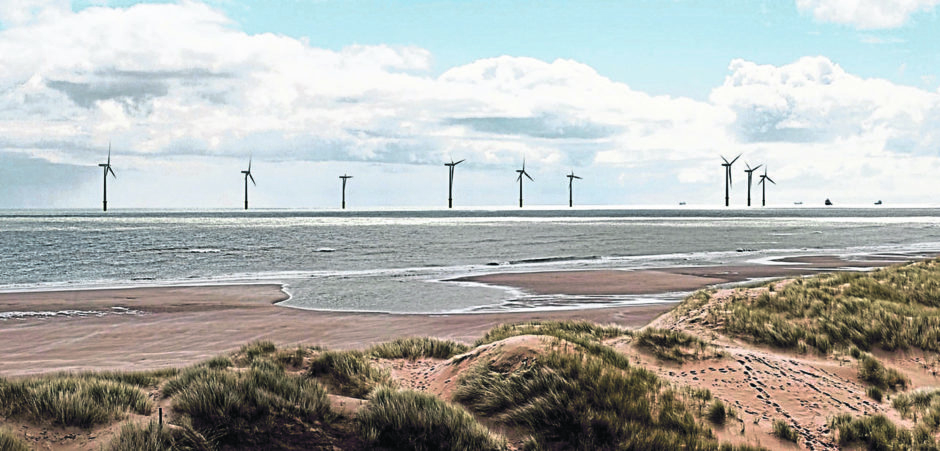
The world is getting windier at the same time that developers are installing more turbines to generate electricity from breezes.
Average wind speeds rose about 7% since 2010 in northern mid-latitude regions, reversing a trend of slowing winds in the decades prior, according to a group of researchers from institutions including Princeton University. The findings, published Monday in Nature Climate Change, forecast that wind farms will produce significantly more energy than anticipated as a result of the shift in the coming years.
“This rapid increase in global wind speeds is certainly good news for the power industry,” Adrian Chappell a co-author of the report from Cardiff University’s School of Earth and Ocean Sciences. “The reversal in global terrestrial stilling bodes well for the expansion of large-scale and efficient wind power generation systems in these mid-latitude countries in the near future.”
Wind had been slowing down since the late 1970s, data analyzed in the study showed. That all changed in 2010, when wind speeds started to pick up. If the trend continues, wind power generation could increase 37%, according to the study.
Small changes in the amount of wind recorded over a year can make a big difference for the probability of installing turbines. Last month, the world’s biggest developer of offshore wind farms said it overestimated the yield from its facilities by as much as 2 percentage points. That knocked 10% off the value of the company’s stock and prompted analysts to say the miscalculation may cost tens of millions of dollars a year.
Read More: Offshore Wind Gets a Reality Check
The study for Nature said the previous slowdown in wind speeds was explained by physical disruptions to wind from cities and vegetation. The research found the phenomena was actually due to shifts in circulation patterns of the oceans and atmosphere.
Those shifts take decades to happen and so the resulting increased wind speeds should continue for at least another decade.
Recommended for you
